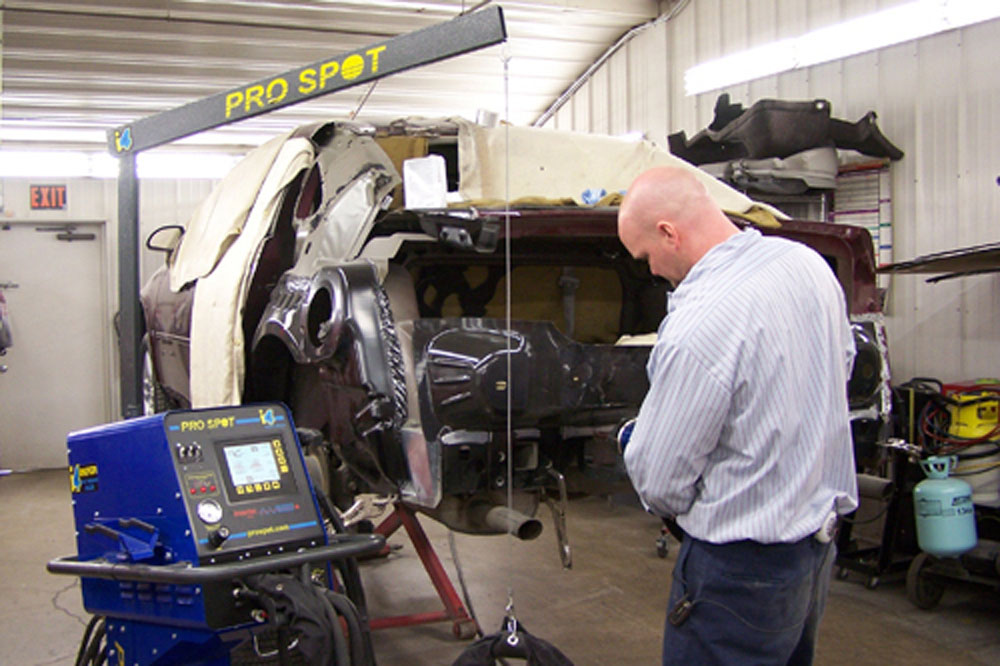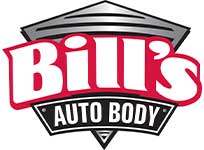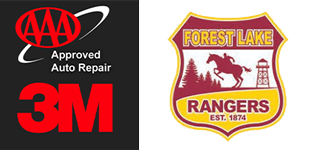
Bill’s Auto Body staff wants you to drive safely. Accidents are part of everyday life. In the United States, around 6 million traffic incidents occur each year.
Winter poses its own challenges to avoid accidents.
Find out the answers to some of your questions about winter car accidents from our body shop.
What should I do to be cautious when driving in the winter?
Statistics show that driving in winter and on snow requires more caution.
- Snow is a common occurrence in the United States.
- Winter conditions are responsible for 17% of all car accidents, resulting in 1,836 fatalities.
- Icy roads cause more than 156,000 accidents, resulting in 116 800 injuries and 1300 deaths.
- Around 76,000 people die in accidents involving snowfall.
- In winter, 70% of accidental deaths occur in vehicles.
What is the effect of winter weather on car accidents?
Most weather-related accidents occur on wet surfaces, especially during rain.
What is the effect of winter precipitation on car accidents?
Winter precipitation can cause accidents to occur on the roads.
- Snowfall can reduce visibility distance.
- Snow cover reduces friction on the pavement.
- Snow drifts and other obstructions to the road.
What are the other factors that contribute to winter car accidents in addition to weather?
- The amount of traffic that can be carried on a road.
- Traffic volume on the roads
- Traffic speed is the rate at which traffic moves.
- The time of day including rush hour.
What can I do to drive my car more safely in winter to try and avoid an accident?
You can take several steps to make your car more safe during the winter months.
- When winter precipitation occurs, slow down by at least half the posted speed limit.
- Allow at least 30 minutes extra to reach your destination.
- Do not accelerate or decelerate quickly.
- Avoid slamming on the brakes as you approach a traffic signal.
- Use your windshield wipers as usual to remove any snow that falls.
- Keep your defroster in good working order to avoid a fogged-up windshield.
- If you are able to, choose a route that is less congested as long as the road conditions do not worsen in winter.
- Traffic apps and GPS can alert you to accidents and traffic jams.
- Make sure that your gas tank is at minimum 3/4 full.
- In the event of an accident, keep an emergency kit in your car.
How often do car accidents occur in winter?
Winter months account for approximately 156,000 vehicle accidents, or 17 percent.
When are the most winter car accidents?
Rush hour coincides with the majority of traffic accidents. The most accidents occur on Saturdays, when people go shopping and eat out.
What is the effect of snow on driving?
The snow can have a significant impact on your car and your family.
- Tire Traction. Snow on pavement reduces the traction between your tires and the road. Your car could start to slide or skid if it has less traction.
- Visibility. When it snows, your visibility is reduced. The problem is not just the snow that has fallen. High winds can blow snow that’s already fallen, reducing visibility. Snow reflects headlight beams at night making it harder to see the road ahead. Moving snow can create visual distortions and cause ice to build up on your windshield.
What do I do in case of a snow-covered car accident?
If you are ever involved in an accident, you should be aware of the dangers that snow presents.
- Check that everyone is safe in your car. Check if anyone is injured to see if you need to ask.
- Turn on your hazard light.
- Get your car off the road if it is still moving. This will prevent other cars from hitting yours. Pull off the highway shoulder. Pull into a parking space if you are in a city with nearby buildings or if there is a lot.
- Before you leave your car, check to make sure that it is safe for you to do so. Before opening the doors, check for traffic coming from behind. Set up road flares, or a reflective triangular to alert others that there is a car broken down on the road.
- Everyone should get out of the car. If you are in a city, get everyone out of the car and to a warm place. Stay in your car if you are on the highway in the middle without much traffic. In your winter emergency kit, you should include extra blankets so that everyone in the car can remain warm until help arrives.
- Call 911 for assistance. Dial 9-1-1 from your mobile phone to contact the police. Tell the police where you are and what happened. When the authorities arrive, they will direct traffic to the accident site and collect evidence.
- If you can, take photos of the accident scene. Take pictures of the accident site, visible damages to your car and other vehicles as well as any nearby structures.
- If you are injured, seek medical attention. Although you may not feel injured immediately, adrenaline and stress from an accident can cause pain and symptoms that you do not detect at first. Seek medical attention if you experience any pain following the accident.
What happens to car insurance if you slide on ice and have an accident?
Insurance companies will consider you at fault if you slide on the ice and hit a car or an object. This is true whether or not a policeman gives you a citation. Accidents are not caused by ice. Insurance claims for accidents involving sliding on ice are usually the result of driving too fast in bad weather conditions. This is why it is important to slow down to prevent damage to your car and injury to other people.
You need collision insurance at least to cover damage to your vehicle and the towing of it. Remember that you will also have to pay for the deductible.
What can I do with my car after an accident?
Bill’s Auto Body’s body shop can assist! Call us to speak to us. We will help you in every way possible.


